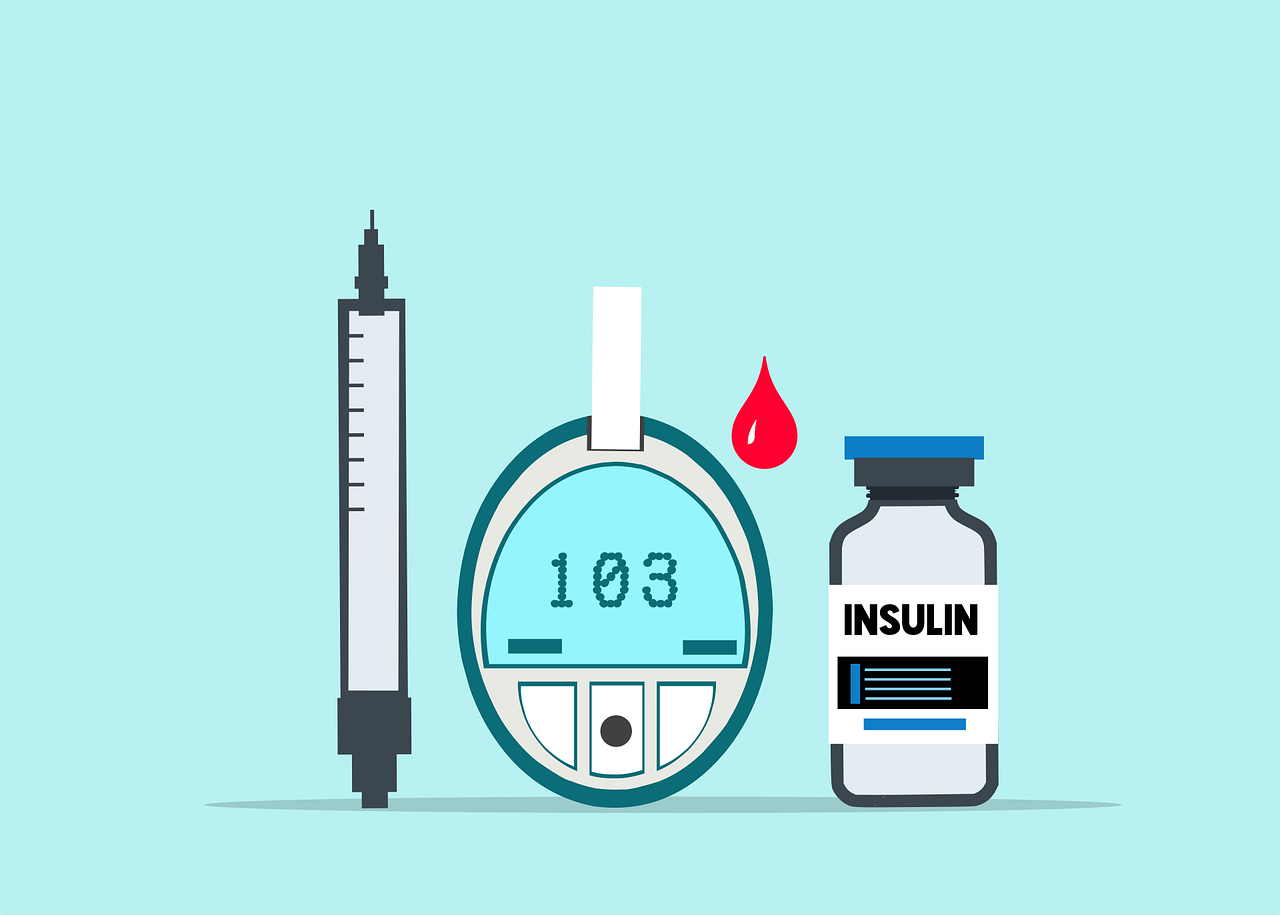
Continuous Glucose Monitoring (CGM) systems have revolutionized diabetes management, offering real-time insights into blood glucose levels. Among the top contenders in the CGM market are the Sibionics CGM, Dexcom G6, and Abbott Freestyle Libre. Let’s delve into a detailed comparison of these systems to understand their unique features, benefits, and potential drawbacks.
Sibionics CGM System:
- Calibration-Free: The first 14-day calibration-free and real-time glucose monitoring system in China.
- High Accuracy: Boasts a Mean Absolute Relative Difference (MARD) of 8.83%.
- 14-Day Continuous Monitoring: Offers 24/7 blood glucose monitoring for up to 14 days.
- Alerts: Sends reminders when blood glucose levels surpass preset hyperglycemia and hypoglycemia values.
- Waterproof: IPX8 rating, allowing immersion in 1-meter deep water for up to an hour.
Dexcom G6:
- 10-Day Sensor: Designed for 10 days of use before automatic shut-off.
- No Required Fingersticks: Factory-calibrated and doesn’t require fingersticks for confirmation.
- Programmable Alerts: Users can set glucose alert ranges for high and low levels.
- Mobile App Control: Most users control and view the CGM via the Dexcom mobile app, compatible with most iOS and Android phones.
- Warm-Up Time: Has a 2-hour warm-up period before generating glucose data.
Abbott Freestyle Libre:
- Flash Glucose Monitoring: Requires users to scan the sensor to get glucose readings.
- 14-Day Wear: The sensor lasts for 14 days.
- No Calibration: Doesn’t require fingerstick calibrations.
- Trend Arrows: Provides arrows indicating if glucose is going up, down, or staying steady.
- Waterproof: Can be worn while swimming or showering.
Potential Warnings:
While CGMs offer numerous benefits, users should be aware of potential issues:
- Accuracy Concerns: No CGM is 100% accurate. Always confirm readings with a traditional glucometer, especially if making treatment decisions based on CGM data.
- Skin Irritation: Some users may experience skin irritation or allergic reactions to the adhesive used in CGM sensors.
- Cost: CGMs can be expensive, and not all insurance plans cover them. It’s essential to check coverage and out-of-pocket costs.
- Technical Glitches: Like any technology, CGMs can experience technical issues, such as sensor failures or connectivity problems.
FAQs for “Sibionics vs. Dexcom vs. Libre: A Comprehensive CGM Comparison”
- What is the unique feature of the Sibionics CGM system?
- The Sibionics CGM system stands out for being China’s first 14-day calibration-free and real-time glucose monitoring system, offering users a hassle-free experience without the need for frequent calibrations.
- How does the Dexcom G6 differ from traditional glucometers?
- Unlike traditional glucometers that require fingerstick blood samples for each reading, the Dexcom G6 provides continuous glucose monitoring, offering real-time insights into blood glucose levels without the need for daily finger pricks.
- Is the Abbott Freestyle Libre waterproof?
- Yes, the Abbott Freestyle Libre is designed to be water-resistant, allowing users to wear it while swimming or showering without affecting its functionality.
- Which CGM system offers the longest sensor life?
- Both the Sibionics CGM system and the Abbott Freestyle Libre boast a 14-day sensor life, offering two weeks of continuous glucose monitoring.
- Are there any potential side effects or concerns with using CGMs?
- Some users might experience skin irritation or allergic reactions to the adhesive used in CGM sensors. Additionally, while CGMs offer valuable insights, they may not always be 100% accurate, so it’s essential to cross-check readings with a traditional glucometer, especially when making treatment decisions.
- How do I choose the right CGM for my needs?
- Choosing the right CGM depends on individual preferences, lifestyle, and specific health needs. It’s crucial to assess features, sensor life, accuracy, and user reviews. Consulting with a healthcare professional can also provide personalized recommendations.
- Do all CGMs require calibration with a traditional glucometer?
- Not all CGMs require calibration. For instance, the Sibionics CGM system and the Dexcom G6 are calibration-free, while others might require occasional calibrations for optimal accuracy.
Conclusion:
Choosing the right CGM depends on individual needs, preferences, and lifestyle. While the Sibionics CGM offers impressive features like its calibration-free design and long sensor life, the Dexcom G6 and Abbott Freestyle Libre have their own set of advantages. It’s crucial to consult with a healthcare professional before making a decision.
Disclaimer: This blog post is based on personal research and is not medical advice. Always consult with a medical professional regarding diabetes treatment.
Blog Tags for the Post:
Sibionics CGM, Dexcom G6, Abbott Freestyle Libre, Continuous Glucose Monitoring, Diabetes Management, Blood Glucose Levels, CGM Comparison, Sensor Life, Calibration-Free Monitoring, Diabetes Technology.








